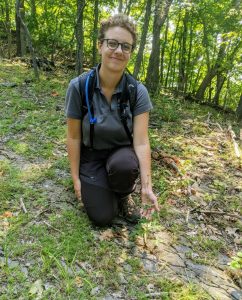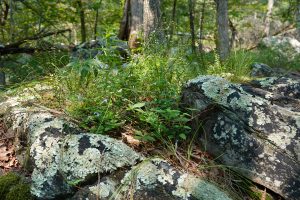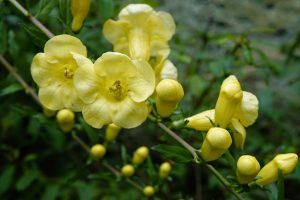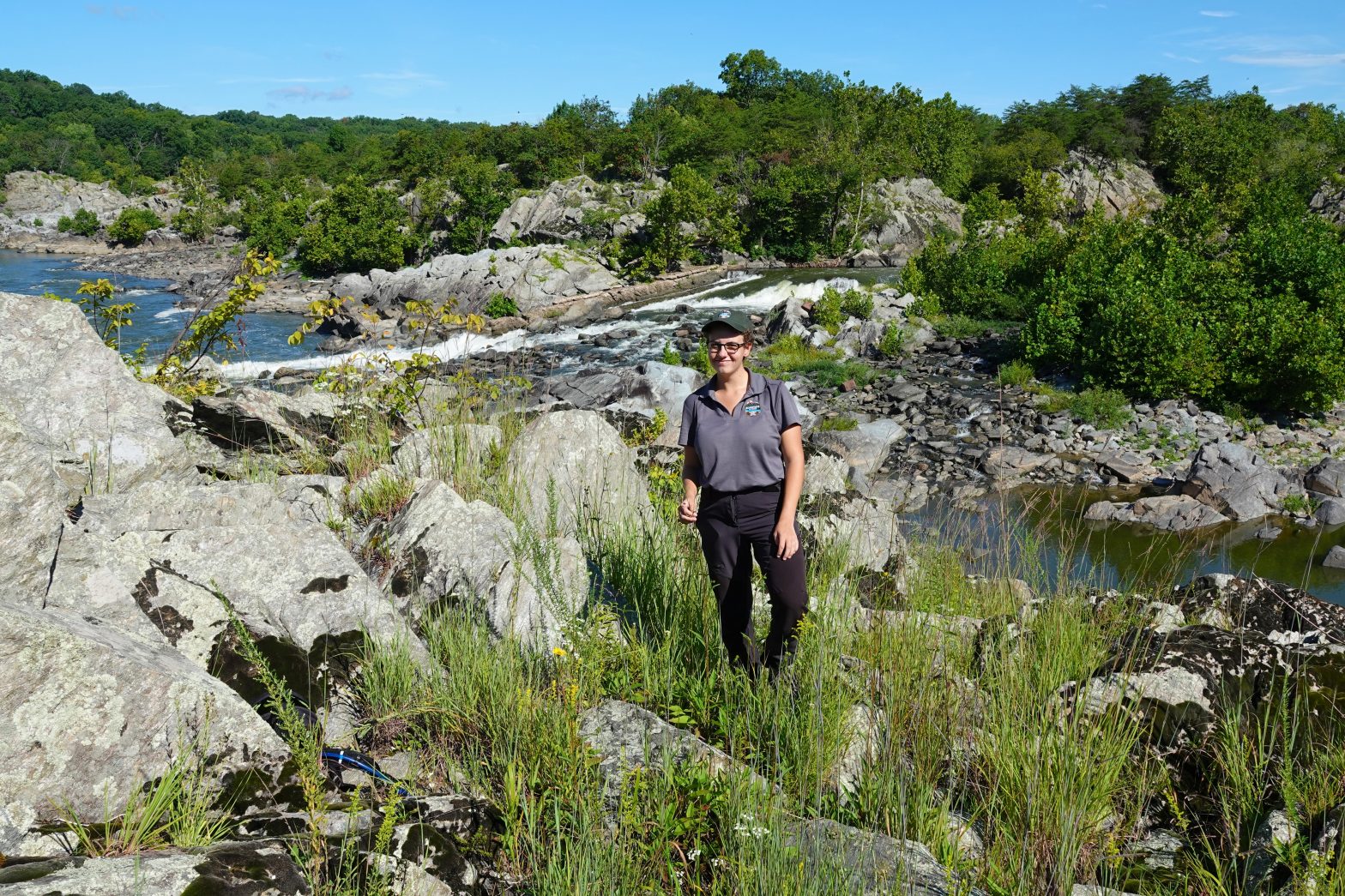As my SIP internship has come to an end, I’ve spent a lot of time reflecting on what made this experience so exciting and memorable. Something I keep coming back to is how much my time at the C&O Canal National Historical Park has motivated me. I feel more inspired than ever to keep working towards becoming a better scientist, communicator, and steward of the rare species which I am so passionate about.
As a conservationist, it’s easy to feel helpless as the magnitude of the biodiversity and climate crises become more apparent every day. But this summer, I got to play an important role in a concentrated effort to improve the status of some of Maryland’s rarest plant species. For my final blog post, I’d like to share some conservation success stories which I witnessed and even helped bring about during my time as a SIP fellow.

Of the 189 rare, threatened, and endangered plants which have been recorded within the C&O Canal National Historical Park, about 115 of them have been seen in the past few years – the rest are most likely extirpated, or locally extinct. It’s encouraging that a relatively urban park in a region with a long history of land conversion has enough high quality habitat to support so many rare plants, but its also sad to think that over 70 species have been lost. There is of course still a chance that some of these rare plants might remain undiscovered in some unexplored corner of the park – in fact, my coworkers and I found a small population of Tall Larkspur (Delphinium exaltatum) this summer, a globally rare plant which hasn’t been recorded in the park for over 20 years! Populations of Tall Larkspur have been dwindling and disappearing across its range, largely due to forest succession – it requires open habitats which are naturally maintained by fire. In Maryland, deer browse has also caused significant declines – essentially restricting this species to steep, near-vertical cliff faces which deer cannot reach. It was so exciting searching for and finding Tall Larkspur this summer, as well as new populations of several other globally rare species!

A big part of my work this summer was creating propagation protocols for RTE species, so that they can be grown from seed or cuttings before being outplanted back into the Park. Unfortunately, for many rare plants there is a paucity of information on their germination and cultivation needs. For two high priority species, I reached out to local native plant nurseries and was stunned by the incredibly helpful, informative responses I received! I learned that Oblique Milkvine (Matelea obliqua), a limestone-obligate vine of naturally disturbed habitats, can be grown in much the same way as its more well-known relatives the Milkweeds. Rock Skullcap (Scutellaria saxatilis), on the other hand, should not be treated the same as its common relatives but rather as a rock garden plant, reflecting its preference for growing in thin, rocky soils. Private growers and plant enthusiasts have a wealth of knowledge and are, I believe, an often-untapped resource in conservation horticulture.
Finally, I was pleasantly surprised to learn that a lot of rare plants are actually doing really well in the Park! The scoured bedrock habitats of the Potomac Gorge contain some of the highest concentrations of RTE species in the park, but many of these species are locally abundant and don’t appear to be in decline here. There’s nothing like seeing a riverside rock outcrop with 10+ state listed species growing together prolifically.


